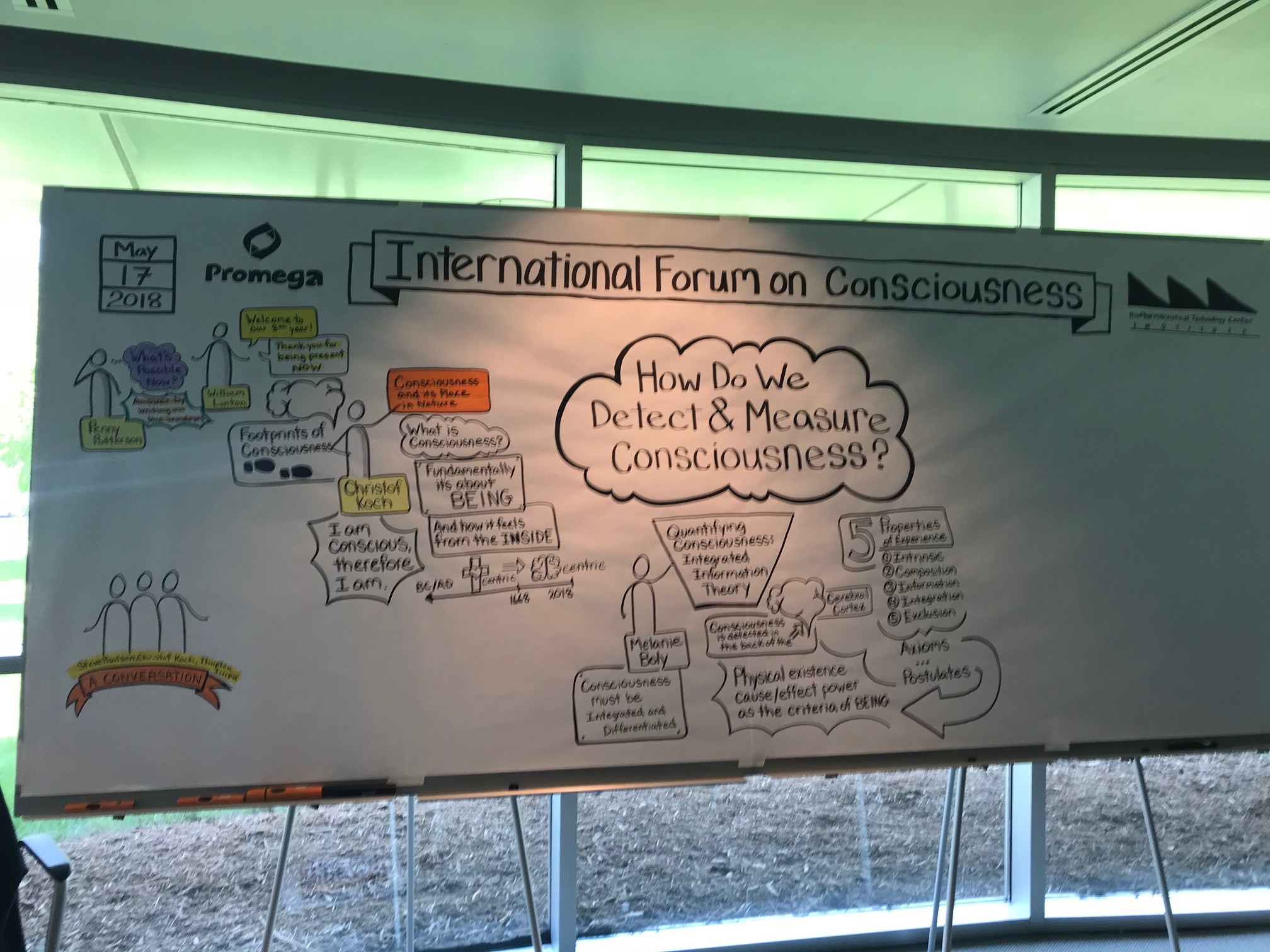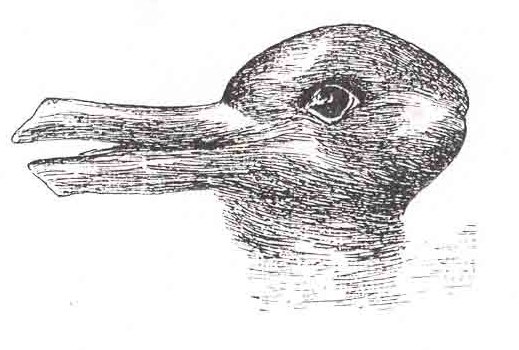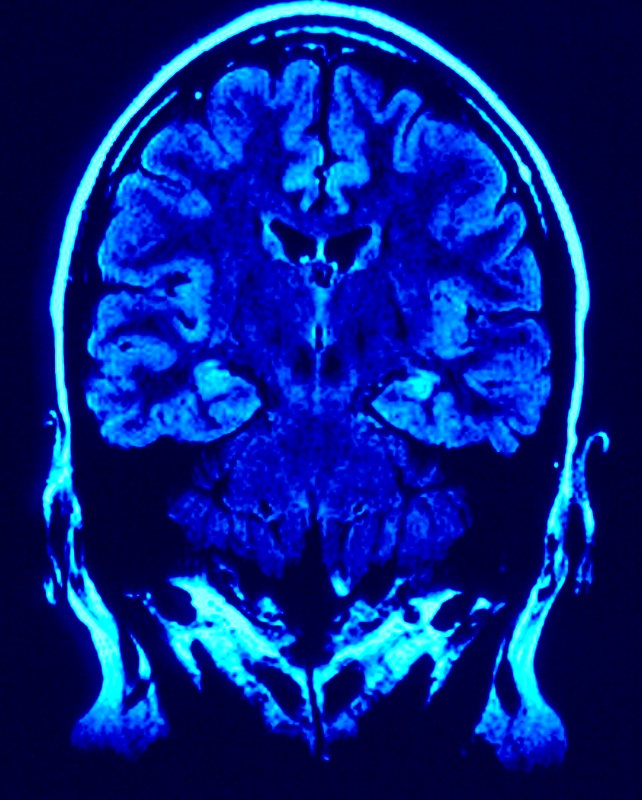When Heather Berlin was 5 years old, she realized that, at some point in the future, she was going to die. This disturbed her so much that she couldn’t sleep all night. The next morning, she asked her father where she could store all her thoughts so they could live on after she died. There’s no way to do that, said her physician father. “What can I do to make this happen?” she asked. “Maybe become a psychiatrist?” said her dad. Decades later, she became an Assistant Professor of Psychiatry at Icahn School of Medicine at Mount Sinai. Her research focuses on interactions of the brain and mind, with the goal of treating and preventing psychiatric and neurological disorders.
Dr. Heather Berlin told this story at the International Forum on Consciousness held at the BioPharmaceutical Technology Center Institute in Madison, Wisconsin last week. This annual forum gathers scientists from around the world, all interested in understanding how our conscious and unconscious minds work. This year, the forum focused on the newest research and technology for detecting and measuring consciousness. As someone with limited knowledge in this field, my mind was blown by how much researchers have learned so far about consciousness. (No, we can’t store our thoughts in a box…yet.) Here are a few takeaways:
What is consciousness?
Consciousness is the intrinsic experience of seeing, hearing, thinking and feeling from our own perspective. It is not dependent on being awake or able to sense our external environment. In fact, we are still conscious in periods of sleep when we dream. Only during deep dreamless sleep or under general anesthesia do we truly lose consciousness and experience nothing at all.
Where in the brain does consciousness come from?
To understand which regions in the brain are critical for consciousness, scientists compared the brain activity of an individual in either a conscious or unconscious state. In the past, scientists examined EGG patterns in healthy participants that are awake to when they are in dreamless sleep or under general anesthesia. These studies showed that the front part of the brain—the frontoparietal network—was activated when they are awake. This led scientists to believe that consciousness comes from the frontal region of the brain. There was one problem, though. This area of the brain is also known to be associated with vigilance and attention—characteristics of being awake. So how can we tell whether this region of the brain is activated due to being “awake” or “conscious”? (Remember, you can still be conscious when you’re asleep and dreaming.)
In 2014, Dr. Giulio Tononi at the University of Wisconsin–Madison solved this problem by using a different approach. He compared EGG patterns of individuals during REM (dreamless) sleep and NREM (dreaming) sleep, which eliminates the factor of awakeness. Contrary to previous studies, this study showed that in a conscious (dream) state, the back region of the brain—the posterior cortical—is activated, suggesting this region is where consciousness resides.

How can we measure consciousness?
When you are conscious, you know it. You know what you see, what you hear and what you feel. But because consciousness is an intrinsic experience, you can never know what someone else is experiencing. This becomes a problem when treating patients in a coma or vegetative state. If they cannot move or speak, how can we tell whether they are conscious or not? How can we measure consciousness?
Dr. Marcello Massimini, at the University of Milan, has developed a method to quantitatively measure consciousness based on EEG patterns after transcranial magnetic stimulation—which is basically whacking the brain with a magnetic force and listening to the “echo” in the brain. The researchers measured two characteristics of the echo: integration (whether activation occurs throughout the brain or localized in a few regions) and differentiation (the level of synchronization between different regions). The level of consciousness is higher when many regions of the brain are activated and when there is less synchronization between neurons. The combined value of this measurement was deemed the perturbational complexity index (PCI). The researchers measured PCI in healthy individuals and patients that suffered from various degrees of brain damage and found that the PCI value could accurately predict the level of consciousness. The highest unconscious score was 0.31 and the lowest conscious score was 0.44, suggesting that the cutoff point of consciousness is somewhere between these two values.
Assigning a PCI to patients in a vegetative state will help physicians determine the most appropriate treatment. For example, studies have shown that 20% of patients in a vegetative state are in fact conscious. These patients should be given access to brain-computer interfaces to support their communication to the outer world.

How does the unconscious brain affect our behavior?
As much as we think our conscious brain is in control of our behavior, it’s only the tip of the iceberg. According to research, our unconscious brain can significantly affect how we behave, think and feel. (Do you see a duck or rabbit in the above image? These types of optical illusions result from unconscious processes in the brain.) In one study, researchers were able to accurately predict whether a participant would turn left or turn right by examining brain activity, even before the subject themselves were conscious of their decision. In another study, a researcher asked participants to hold a cup of coffee that was either warm or cold. While holding the coffee, they were given information about an individual and then asked to assess that individual’s personality. Participants holding the warm coffee assessed the individual as having a “warmer” personality than those holding the cold coffee.
In some instances, the unconscious brain can take full control. In patients with dissociative identity disorder, multiple personalities are formed, each presenting distinct brain activity patterns. Most of these patients with this identity disorder have experienced some sort of trauma. Studies suggest that the prefrontal cortex may be turned down as a defense mechanism to suppress traumatic memories, resulting in a separate identity that has no recollection of the trauma.
To understand the potential of the unconscious brain, Dr. Heather Berlin examined the brain activity of freestyle artists and performers (which included Dr. Berlin’s own husband, who is a rapper and artist). She found that that there is actually less activity in the brain when the artists improvise compared to when they perform a memorized script. This suggests that during a freestyle performance, in which words or images are expressed without full conscious control, the conscious brain is suppressed to allow the free flow of information. It seems that our unconscious brain may be better at forming connections and stimulating creativity than our conscious one!
Attending this forum really opened my mind to the wonders and capabilities of the human brain. As Dr. Berlin said in her closing remarks: “The human brain is both delicate and robust. We’re all a work in progress…so keep breathing.”
Related Posts
Latest posts by Johanna Lee (see all)
- Microfluidic Organoids Could Revolutionize Breast Cancer Treatment - March 25, 2025
- Bacteria From Insect Guts Could Help Degrade Plastic - January 28, 2025
- A Diabetes Drug, Metformin, Slows Aging in Male Monkeys - December 19, 2024

